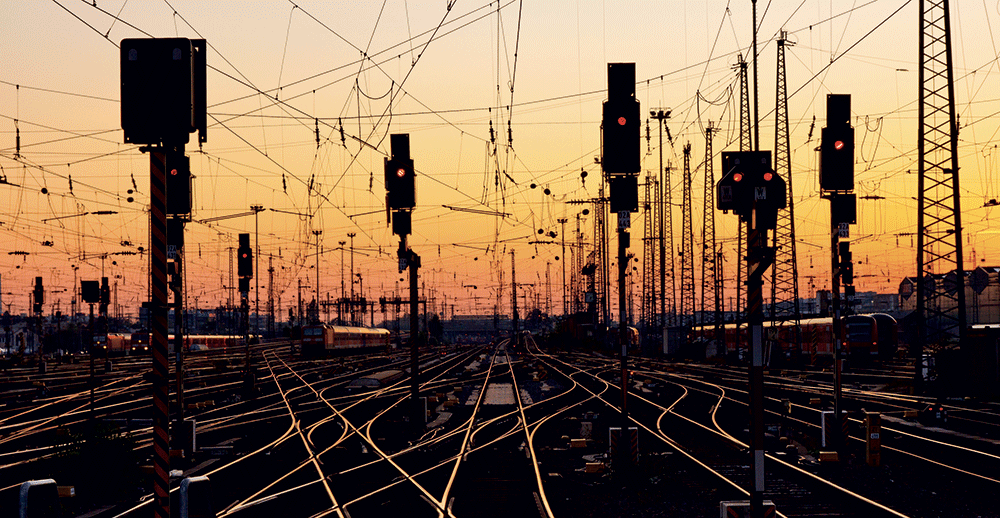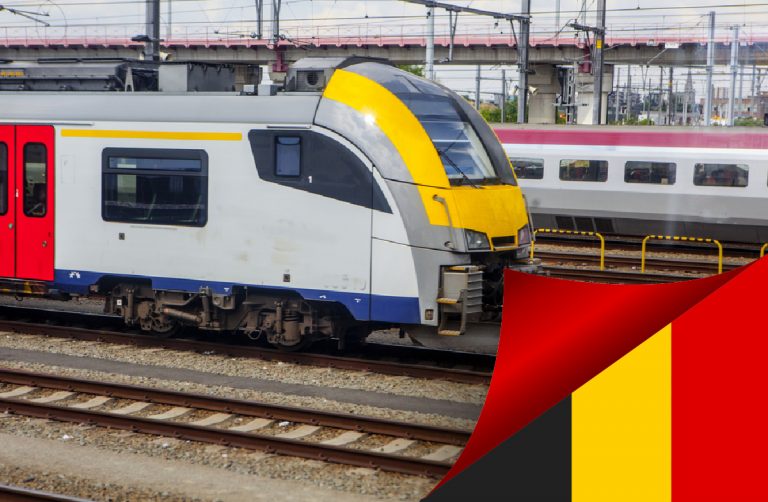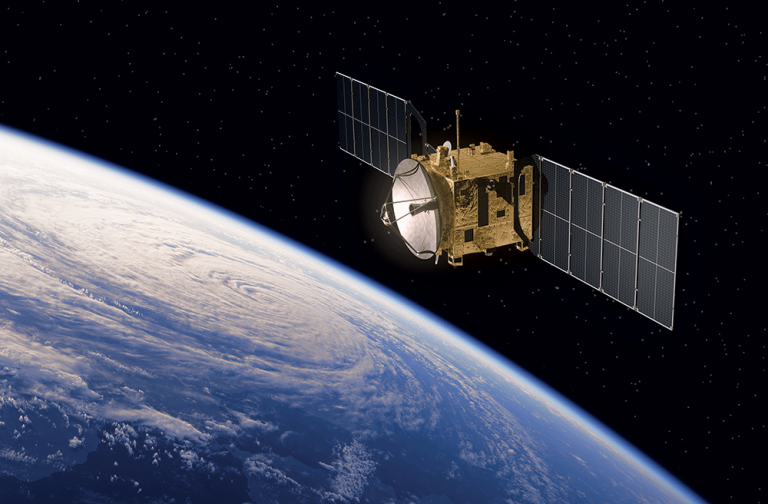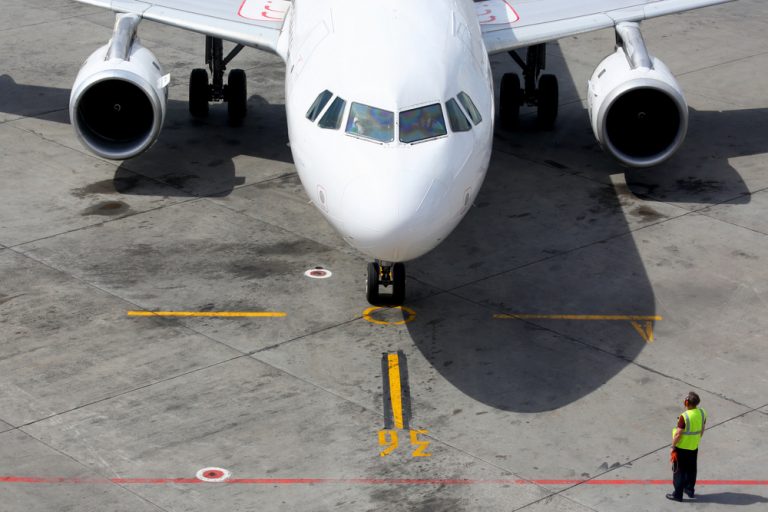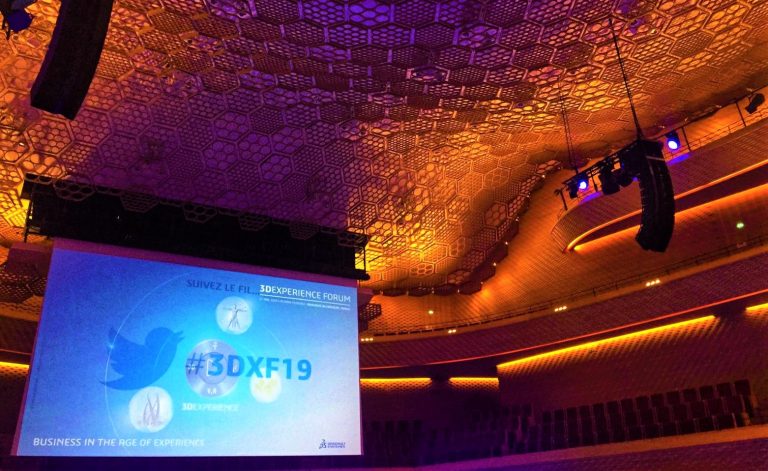The world rail market, driven by urban and integrated systems, continues to grow by around 3%, probably reaching 185 billion euros by 2021. While much of the growth is driven by rolling stock and, of course, signalling, the surprise came from infrastructure, which seemed less certain: massive urbanisation, the need for interoperability between the various European countries to respond to the opening to competition and the electrification of rail lines for low-carbon transport generate massive investments in the renovation and creation of new rail infrastructure.
Looking at each geographical area, there is still a lot to be done in Western Europe and the Middle East, technological markets with high added value, which should be beneficial for companies in the euro zone.
Indeed, many investments in Europe will concern urban transport, infrastructure in Germany and very high speed in England and France (high-speed train of the future). Not to mention the digitalisation which will concern all modes of transport (urban and high-speed line).
Modernization of existing infrastructure
There are therefore many challenges, the first of which is to modernise the infrastructure of a network that must cope with the ever-increasing number of passengers. For instance, major projects are being launched in New York, England and France, in response to incidents, regarding equipment or passengers. We then speak of digital simulation , the digital tools being used to model and carry out tests using high-performance simulators.
We also talk about the implementation of predictive maintenance , the principle of which is to analyze a multitude of data from sensors in order to diagnose some breakdowns failures and facilitate the traffic flow, which will guarantee even better safety.
Are being analysed, particularly thanks to the boom in non-contact measuring systems:
- Operating conditions (door opening, axle load, bearing temperature, vibration, etc.);
- Passenger usage conditions (car temperature, filling, use of seats, entry/exit etc.);
- The condition of the infrastructure (track geometry, switch point position, number of passing trains, condition of catenaries, of current return circuits, condition of electrical and safety installations, etc.);
- The impact of weather conditions on the equipment;
- Embedded data processing processors.
The aim is to control the integral condition of the network as much as possible and to reduce interventions, when necessary, only to the time periods of non-use of the network.

Digitalization does not only concern passengers
In order to improve the passenger experience and meet the growing demand for connectivity in trains and stations, manufacturers and operators are deploying technologies such as wifi. SNCF (French National Railway Company) plans to provide full TER (regional train) wifi coverage in 2020 and Ile-de-France Mobilité (the organisation that operates the Paris region public transport network) has decided to replace daily and annual tickets with mobile applications, that will be tested at the end of 2019.
But digitalization will also affect all the actors involved in the value chain, namely:
- Customers, in addition to the developments described above, will benefit from high-performance display and communication systems, in-train data distribution systems and hubs for high-speed data distribution. For professionals, the location of their goods will be done in real time;
- Security will be improved thanks to ever more efficient on-board and ground surveillance systems using video cameras. Contact with the authorities will be made in real time ;
- Parts that are about to be worn will be automatically ordered from equipment suppliers and rolling stock manufacturers.
New lines, new solutions
If the very first tests of the Hyperloop system of the American billionaire Elon Musk project us, in a very hypothetical way again in the 2050s, closer to us are some projects like the second high-speed line from London to Birmingham in England and then the extensions to Manchester and the Midlands. The total cost of this project is estimated at €63 billion euros.
The technical specifications of the train set (traffic speed at 360 km/h) will require new engineering phases which should benefit the European companies involved in this project. Simultaneously, electric trains continue to be more energy efficient: the TGV 2020 under development aims for a 25% reduction thanks to permanent magnet motors, lighter structures and a more efficient braking energy recovery system.
The forecasts in this sector are therefore numerous and attractive. And ALTEN is particularly well positioned to meet the challenges offered by its clients: the professions will be varied but will require the level of skills that the Group’s consultants possess (90% are engineers). The level of commitment required (service centres, workpackages, etc.) will require quality certifications in order to meet the necessary safety requirements in an industry where operational safety is omnipresent.




